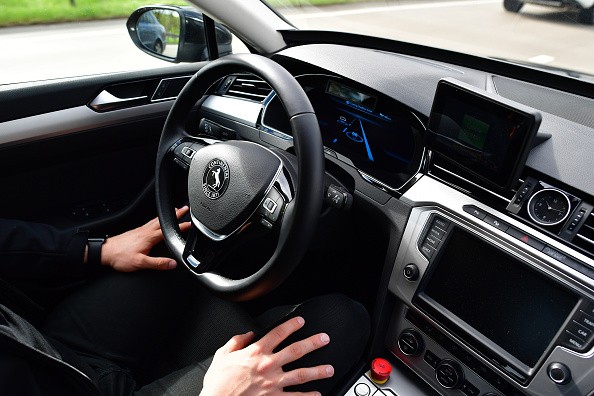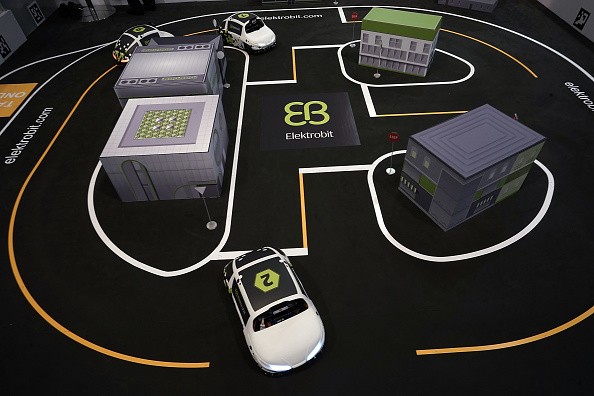Vehicle experts conducted a study to show how drivers lose their driving capabilities when using automated vehicles. A new University of Toronto study is observing and underscoring the importance of drivers paying attention to the road.

Researchers said that they still need to stay alert even when they are in an AV. The journal Accident Analysis and Prevention published the study's results.
According to Science Direct, the research focused on the following;
- How in-vehicle displays' driver support affects car owners' road anticipation.
- How TORAC (Takeover Request And Automation Capability) affects a driver's ability.
- How STTORAC, the second in-vehicle display that added information on surrounding traffic to the data provided by the TORAC system, affects driver's road attentiveness.
How AV affects drivers
According to the University of Toronto, Birsen Donmez, a Faculty of Applied Science and Engineering's professor in the department of mechanical and industrial engineering, used an AV simulator and eye-tracking equipment to study two types of in-vehicle displays.

Read also: Elon Musk: Tesla FSD Beta Will Have Wider Public Release in Less than 2 Weeks-Is This Good or Bad?
Forty-eight drivers participated in the new experiment. The new study revealed that many car owners are being over-reliant on their AV technology. This behavior can usually be seen in drivers that own a vehicle with TORAC or "takeover request and automation capability."
TOR or take over request informs the driver when automation can no longer handle a road situation. On the other hand, AC or automation capability warns the car owner when automation is at its limit.
"Drivers find themselves in situations where, although they are not actively driving, they are still part of the driving task - they must be monitoring the vehicle and step in if the vehicle fails," said Donmez via University of Toronto's official website.
"And these vehicles fail - it's just guaranteed. The technology on the market right now is not mature enough to the point where we can just let the car drive and we go to sleep," he added.
Donmez also explained that the participant's road monitoring abilities went down, compared to when the AV feature is off.
STTORAC revealed positive effects
Compared to TORAC, STTORAC, a second in-vehicle display system, showed more promising results in ensuring driving safety. This system gives drivers ongoing information about their surroundings while they are on the road. These include identifying potential traffics on the upcoming roads.
STTORAC also led to the shortest reaction time in scenarios when car owners had to take control of the vehicle. For more information about the study, click here.
For more news updates about car technology and other related studies, always keep your tabs open here at TechTimes.
Related Article: Apple Might Produce Cars With Windshield Sensors Featuring Infrared Cameras, Visible Spectrum Cams, and More!
This article is owned by TechTimes.
Written by: Giuliano de Leon.




